Play, Be, C: The Glaciologist
Resources and activities themed around a STEM job, to build language and understanding of the world of work.
Resources and activities themed around a STEM job, to build language and understanding of the world of work.

A glaciologist is a scientist who studies glaciers. Glaciers are huge sheets of ice found on mountains or near the poles which move slowly towards the sea. Glaciologists are:
Curious because they want to know more about how the ice in glaciers moves.
Observant as they watch the ice carefully to see how it is moving and changing.
Resilient because they need to be able work in cold and windy conditions. They need to be quick to recover and get back out in the cold again each day.
Includes statements form Development Matters (birth to age five) and the relevant ELGs
Play, Be, C Units provide enabling environments with teaching and support from adults. Reflecting on the characteristics of effective teaching and learning, children will have opportunity to learn and develop by:
- Playing and exploring – children investigate and experience things, and ‘have a go’.
- Active learning – children concentrate and keep on trying if they encounter difficulties and enjoy achievements.
- Creating and thinking critically – children have and develop their own ideas, make links between ideas, and develop strategies for doing things.
Early Years Foundation Stage Statutory Framework: accessed November 2024. Available under the Open Government Licence v3.0.
Our suggested book for this Unit if you are using it in the winter is The Not-So-Perfect Penguin by Steve Smallman. The Google Books page will link you to retailers and local libraries.
In the spring, we suggest using Little Bear’s Spring by Elli Woollard, illustrated by Briony May Smith. More details at the publisher’s site, and the Google Books page.
These adult led activities and provocations will support the introduction of the glaciologist career to the children in your setting.
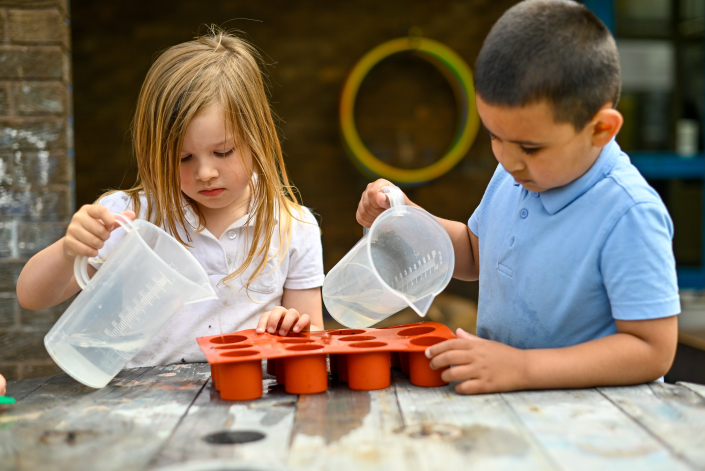
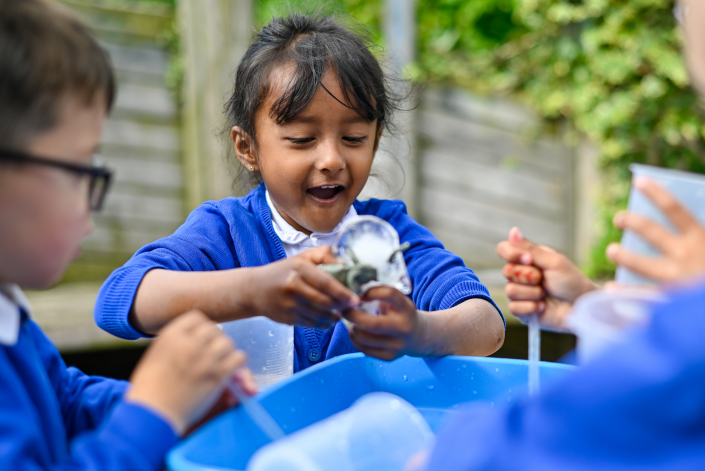

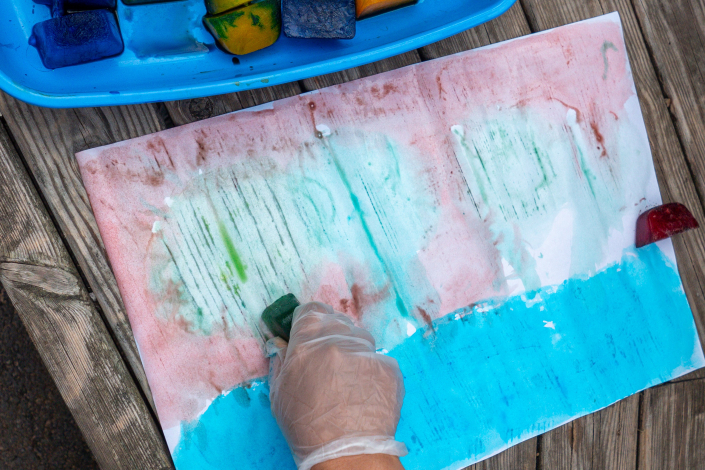
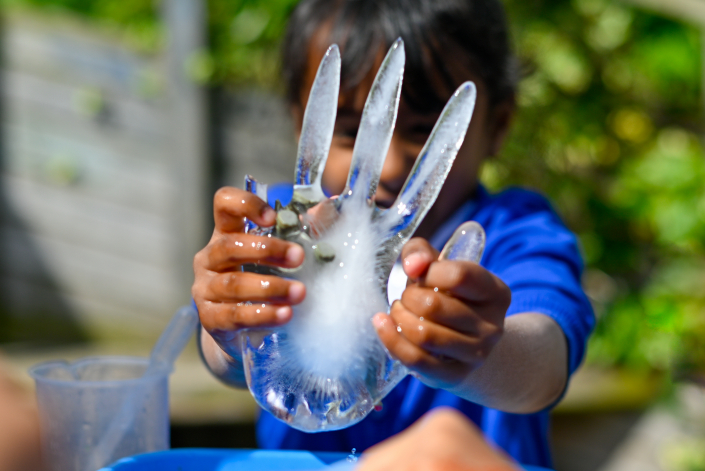
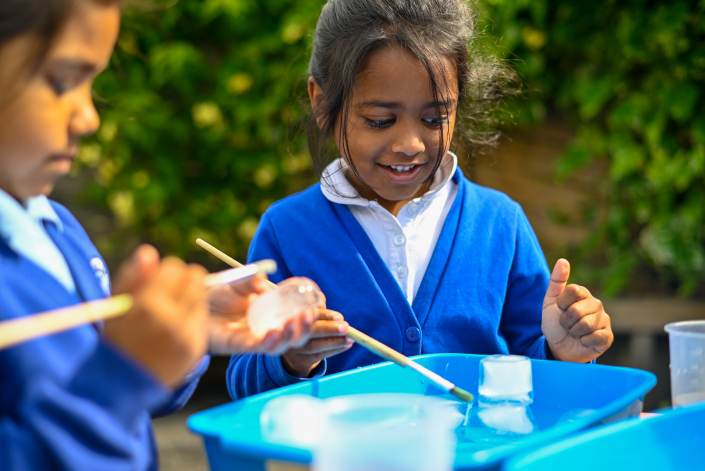
We have included these links to our related STEM at home activities. These could be sent out for families to try at home, or run in school at a family session.
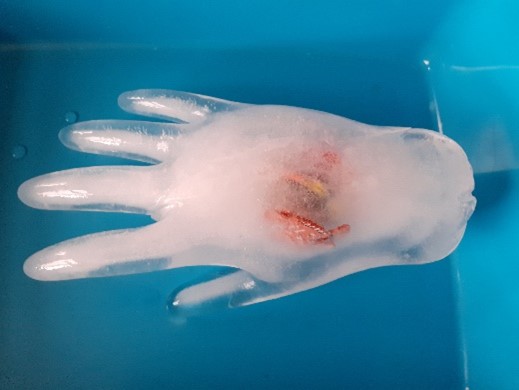
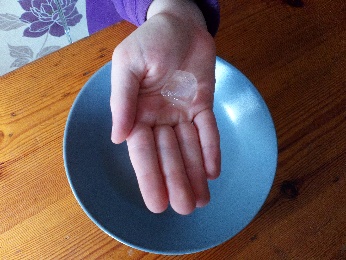
This is a link to the instructions for a related family STEM story time activity. This is an opportunity to introduce STEM ideas and activities to parents, carers and other family members in a relaxed and enjoyable way.
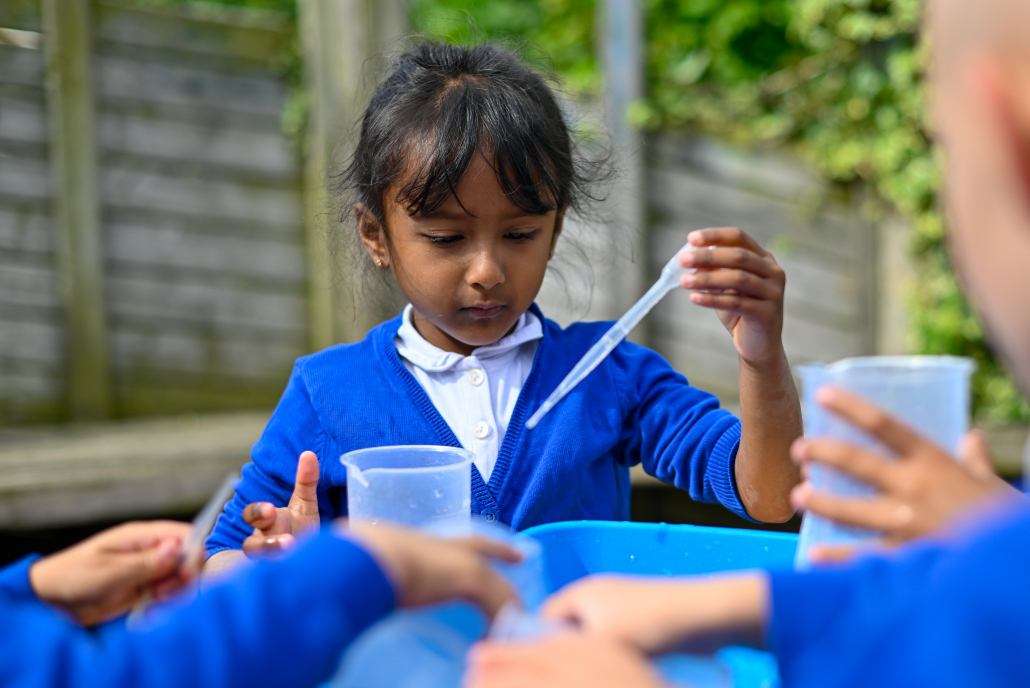
Glaciologists are scientists who study glaciers and other natural phenomena involving ice, such as how it forms, travels and transports materials.
Glaciers form in places where more snow falls than melts. Soon after snow falls, it becomes more tightly packed, turning into ice pellets. These ice pellets get covered by even more snow and become more compressed. This results in a grainy ice forming. Every year as snow falls, layers of this granular ice fall on top of each other. When the pile grows to about 50m thick, the granular ice fuses together into a huge lump of ice. You can see the layers of ice in this photograph of a section of the glacier.
The ice then begins to move under its own weight. The ice is so heavy and under so much pressure that the underneath begins to melt without any change in temperature. Think about squeezing an ice cube tightly in your hand – it melts faster from the pressure of the squeeze than from the heat of your hand alone.
The melt water makes the bottom of the glacier slicker and more able to move. The ice sheet spreads out from its centre and gravity pulls it downwards. Most glaciers only move a few centimetres a day. If they reach the sea, parts of the glacier can calve (break) off, creating icebergs floating in the sea.
Glaciologists study how moving glaciers erode the ground around them by lifting up and depositing soil, rock and clay. They can pick up boulders as big as houses and carve out valleys. Glaciologists also study how climate change affects the movement and changes in glaciers, and how the changes in glaciers influence the climate and surrounding environment.
NUSTEM would like to thank Dr Kate Winter (pictured) for her support in the development of this resource.
You can download our Glaciologist poster to use in your setting.
We may request cookies to be set on your device. We use cookies to let us know when you visit our websites, how you interact with us, to enrich your user experience, and to customize your relationship with our website.
Click on the different category headings to find out more. You can also change some of your preferences. Note that blocking some types of cookies may impact your experience on our websites and the services we are able to offer.
These cookies are strictly necessary to provide you with services available through our website and to use some of its features.
Because these cookies are strictly necessary to deliver the website, refusing them will have impact how our site functions. You always can block or delete cookies by changing your browser settings and force blocking all cookies on this website. But this will always prompt you to accept/refuse cookies when revisiting our site.
We fully respect if you want to refuse cookies but to avoid asking you again and again kindly allow us to store a cookie for that. You are free to opt out any time or opt in for other cookies to get a better experience. If you refuse cookies we will remove all set cookies in our domain.
We provide you with a list of stored cookies on your computer in our domain so you can check what we stored. Due to security reasons we are not able to show or modify cookies from other domains. You can check these in your browser security settings.
These cookies collect information that is used either in aggregate form to help us understand how our website is being used or how effective our marketing campaigns are, or to help us customize our website and application for you in order to enhance your experience.
If you do not want that we track your visit to our site you can disable tracking in your browser here:
We also use different external services like Google Webfonts, Google Maps, and external Video providers. Since these providers may collect personal data like your IP address we allow you to block them here. Please be aware that this might heavily reduce the functionality and appearance of our site. Changes will take effect once you reload the page.
Google Webfont Settings:
Google Map Settings:
Google reCaptcha Settings:
Vimeo and Youtube video embeds:
The following cookies are also needed - You can choose if you want to allow them:
You can read about our cookies and privacy settings in detail on our Privacy Policy Page.
Privacy Notice and Cookies 2025